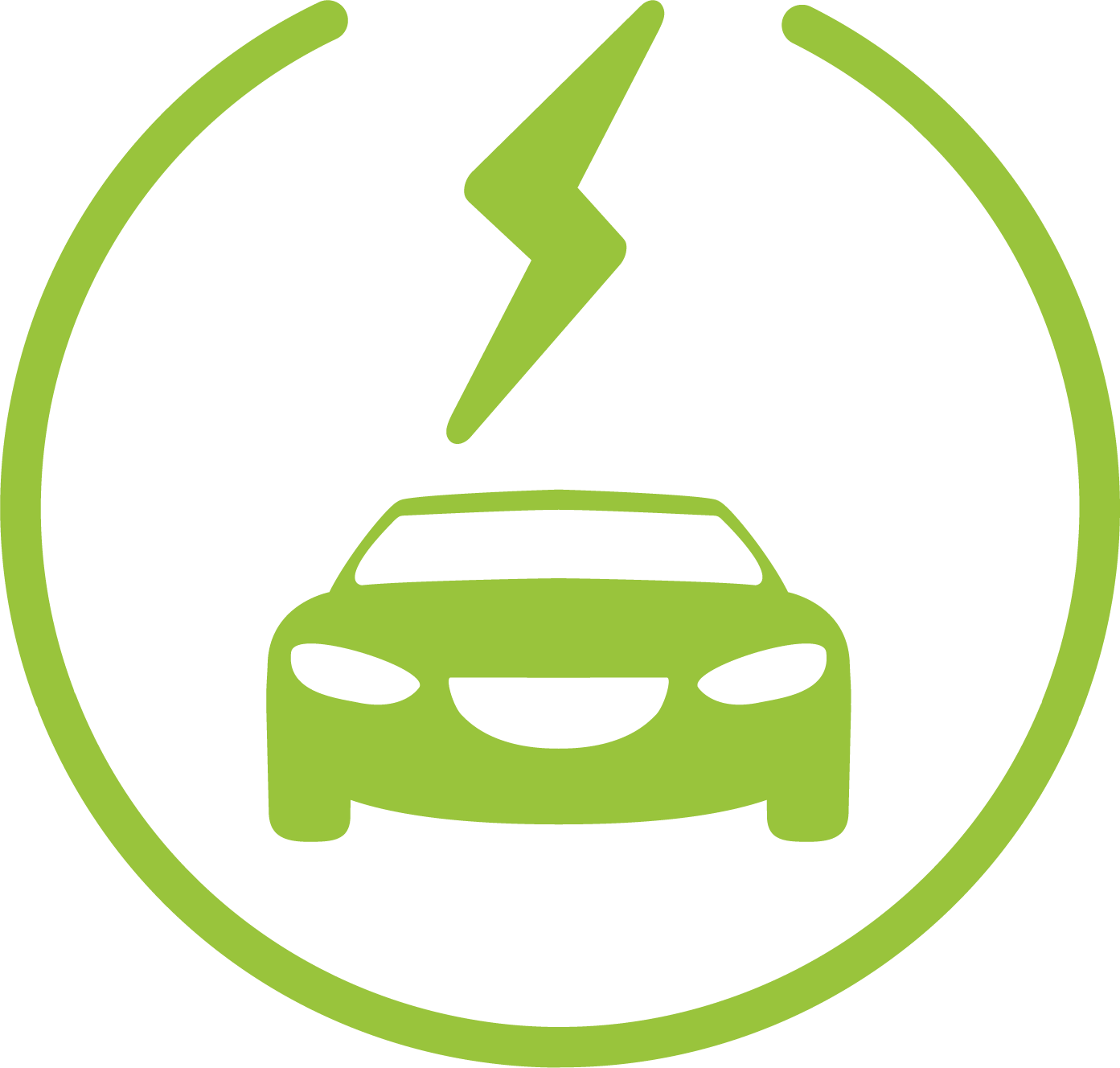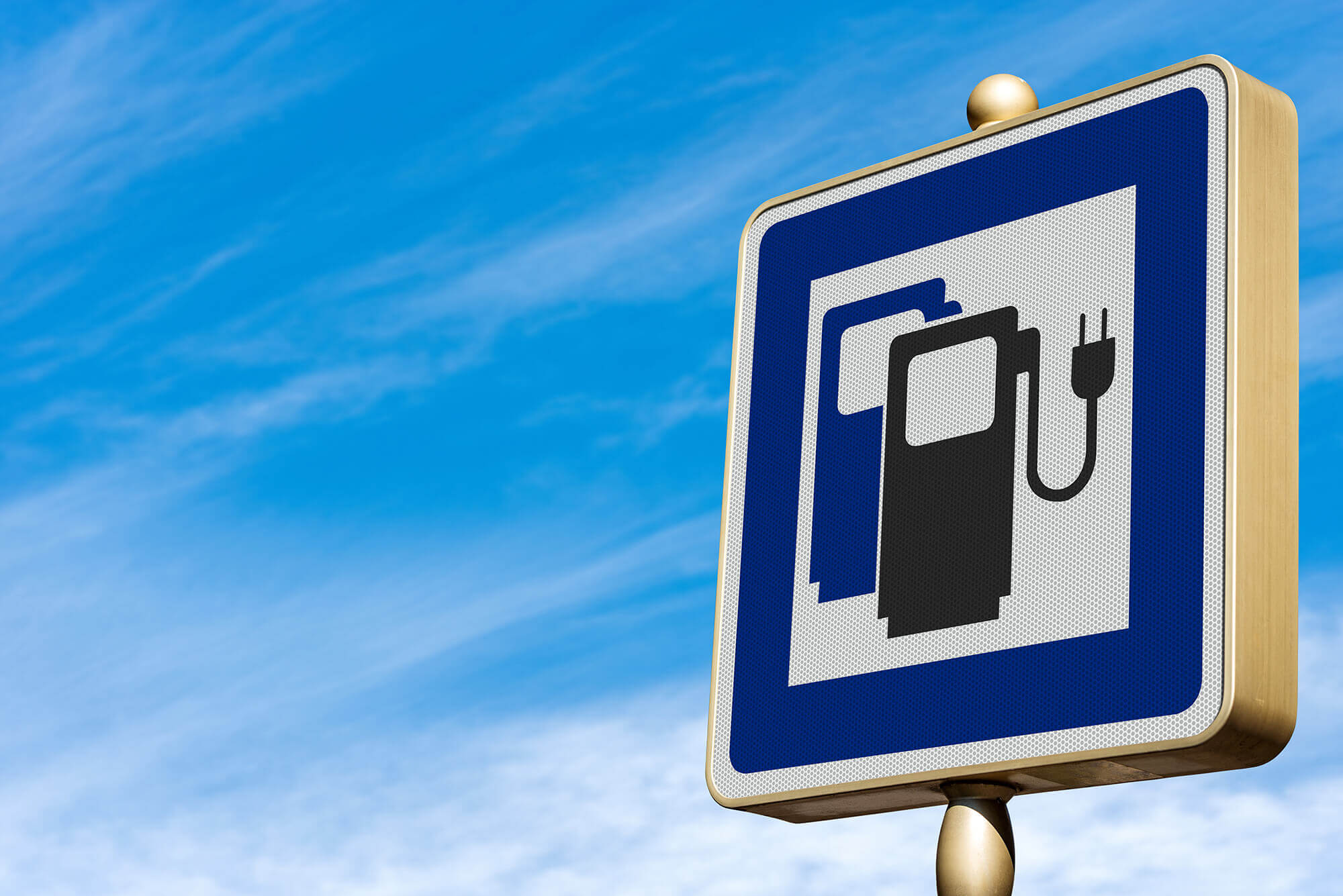EVs Explained
EVs Explained
Electric vehicles are becoming more common in New Zealand every day, and as EV technology continues to evolve, you may be surprised at the different EV options available to suit your budget and lifestyle.
Before you decide to make the switch to an electric vehicle, it’s important to understand your plug-ins from your hybrids and everything in between. We’ve done the hard work for you and categorised the three main EVs currently for sale in New Zealand and explain what they mean – Let’s get started!
Hybrid Electric Vehicles (HEVs)
These vehicles run on a both an internal combustion engine (ICE) and a battery powered electric motor. An example of a hybrid is a Toyota Prius. They use a fuel tank and battery for sources of power.
Road conditions and the way you are driving will determine which fuel source an HEV uses. For example, you’ll most likely be using petrol or diesel powered by a combustion engine for acceleration or going up a steep hill, then when you’re sitting in traffic or travelling at a low speed the battery motor will take over. The battery begins to re-charge when the vehicle brakes, a system known as regenerative braking.
The good news is that your fuel cost will be considerably lower, although a downside to a hybrid is that it is less powerful than its non- battery equivalent.

Plug-In Hybrid Electric Vehicles (PHEVs)
Similar to HEV’s as they both use a fuel tank and battery for sources of power. However, PHEV’s normally operate in electric mode with the ICE partially recharge the battery via regenerative braking, or take over and give you extra power if you need it (when carrying a heavy load or towing). You can also recharge by plugging the vehicle into a standard household electrical socket. An example of a PHEV is a Mitsubishi Outlander.
A PHEV could be a good fit if you need a vehicle for a mixture of long and short trips or often need to drive beyond the battery range.

Battery Electric Vehicles (BEVs)
The king of all EVs, BEVs rely exclusively on electric motors to run. The Tesla 3, Kia Niro and Nissan Leaf are all examples of BEV’s or zero emission vehicles. You’ll need to charge a BEV by plugging it into an electrical socket, charging unit or public charging station. BEVs have limited battery range, so you’ll need to be aware of how far you can go before it’s time to recharge if you’re heading out of town.
If you want low running costs, mostly drive around town and often fund yourself sitting in traffic, a BEV is well worth considering.

Still unsure if an EV is for you? Why not take one home for a few days and find out? Rental car companies and subscription services provide a good way for you to trial an EV. You’ll certainly get more out of it than a test drive around the block. Plus, you get to see how the vehicle performs across your day to day activities and if it’s the right kind of EV for you.
If you’re thinking about financing an EV or have any questions around applying for finance, please get in touch with our friendly team, we’re here to help.
